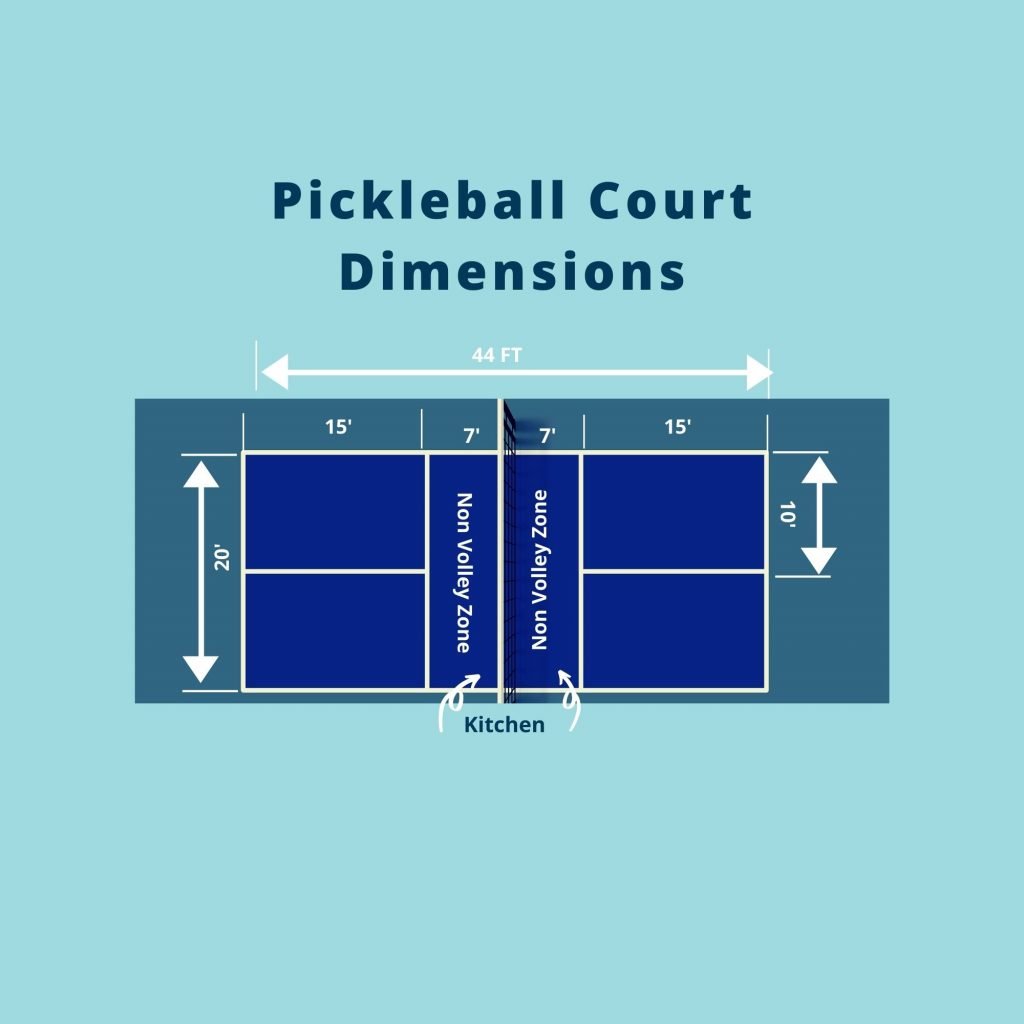
The squash is one of America's most popular and nutritious veggies. This tasty autumn staple offers a variety of textures and flavors. This delicious side dish can be roasted, baked or cooked.
It's possible to enjoy squash throughout the year! It is rich in potassium, fiber, and vitamin. If you eat it three times a week or more, it will help to keep your blood-pressure down.
Spaghetti Squash is a great choice for winter meals, too. You can use it as a pasta substitute, and its creamy texture works well in soups and casseroles.
Roasting is one of the more traditional ways to prepare spaghetti. The squash can be cut in half and the seeds removed, then roasted until tender. It takes approximately 45 minutes to cook. You can add your favorite ingredients and serve for a delicious meal.
The butternut squash is also a tasty winter squash. You can roast or bake it. It's popular in soups and other stews. However, it is also delicious when mashed together with potatoes. This is an easy way to sneak some vegetables into your diet.

Acorn Squash, another winter squash, can be enjoyed throughout the year. You can roast, bake, or steam it. It is a good source for fiber, vitamins C and A, and magnesium.
Also, it's a great source of copper and potassium. This is a great choice for diabetics.
There are several types of squash. But the most common type is pumpkin. The squash comes in different colors and sizes. The Cucurbitaceae is a family of plants that can be found all over the globe in warm climates.
The skin of a pumpkin is normally thin, smooth and without ridges. Peel it using a vegetable peeler, or a sharp knife.
Squash can be peeled by hand but it's a little tricky. Use a peeler first to ensure safety.
You can also cook it whole, without peeling. After that, cube the skin evenly before serving. This is the simplest and most convenient method to use if you are planning to serve it with a side.

Acorn squash is a good source of potassium, fiber and protein. This squash is a great source of calcium, iron, and vitamins B6 & E.
It is also low in calories and a good source for omega-3 fatty acid. It's good for people with high cholesterol and diabetes.
Also, it is a rich source of vitamin A, C, fibers, manganese thiamin copper. It is a good source for phosphorus and contains all nine amino acids. It's a good source of magnesium and potassium, and it's an excellent source of Vitamin B6.
FAQ
What are cardio exercises?
Cardiovascular exercises are those that require your heart and lungs to work harder than normal. Swimming, cycling, rowing, and jogging are all examples. These activities can help you lose weight and speed up your metabolism. They are also great ways to keep fit.
What happens if my sleep is not enough?
You can't get enough sleep and your brain will not be able to regulate hormones and chemicals responsible for controlling appetite and metabolism. In turn, this can cause you to eat more and gain weight. You may also feel stressed, which can lead you to overeating.
What if I am exercising and want to eat?
Yes. You can eat what you like while you work out. Choose low-calorie snacks like watermelon. These foods contain nutrients that help you perform better during workouts.
What should I eat before I work out?
No. It's not necessary to eat anything before you work out. However, if you're hungry after working out, you might want to snack on something light like fruit or yogurt.
What does caffeine do to my sleep?
Caffeine effects how fast it takes to fall asleep and how much sleep you get. Caffeine makes falling asleep easy by causing drowsiness. But caffeine keeps you awake longer, making it harder to fall asleep again. If you drink coffee or energy drinks right before bedtime, try drinking them later in the evening instead.
Statistics
- One study showed that adults who watch more than 4 hours of television daily had an 80% higher risk of death from cardiovascular disease. (heart.org)
- An estimated 110,000 deaths per year could be prevented (cdc.gov)
- In 2018, the World Health Assembly agreed on a global target to reduce physical inactivity by 15% by 2030 and align with the Sustainable Development Goals. (who.int)
- Globally, 81% of adolescents aged 11-17 years were insufficiently physically active in 2016. (who.int)
External Links
How To
How to motivate you to exercise regularly
A fitness plan is a set or sequence of exercises that are done regularly for a particular time. It helps to tone and build muscle mass. Regular physical activity improves cardiovascular and cholesterol health. In addition to these psychological benefits, regular exercise also provides psychological benefits like self esteem, confidence and mood, energy level, sleep quality and social interactions.
Why would you want to create your own exercise routine?
You should consider a fitness regimen if you are looking to lose weight, get healthier, and be more fit. You might be wondering why you would want to do this. Let's see!
What does it mean to follow a fitness routine?
It's a minimum of three times per week that you engage in some form or activity such as running, swimming and yoga. This doesn't mean you have to do it for hours. Just 30 minutes can burn calories and keep your body healthy. It is important to follow the plan. If you miss a day here and there, don't worry--just pick up where you left off next time.
How much time do I need to dedicate to my fitness routine?
The amount of time depends on how busy you are. An average workout takes 20-30 mins. Begin slowly with just five to 10 minutes if this is your first time exercising. After you get used to it, gradually increase the duration.